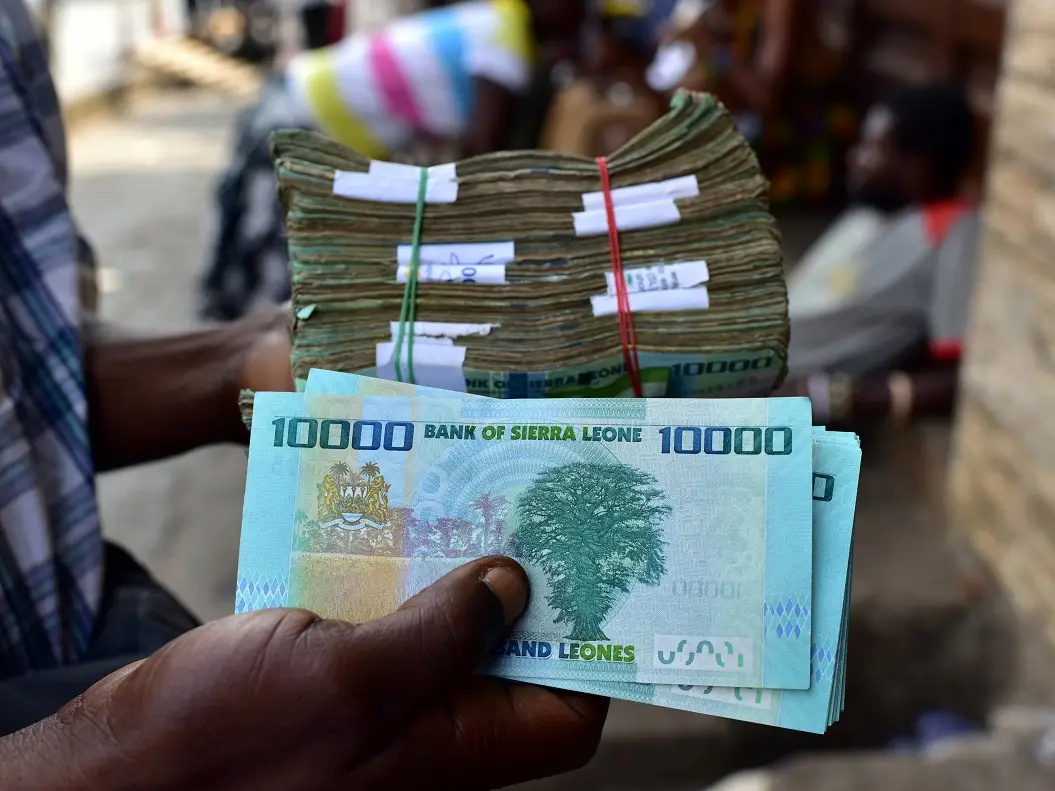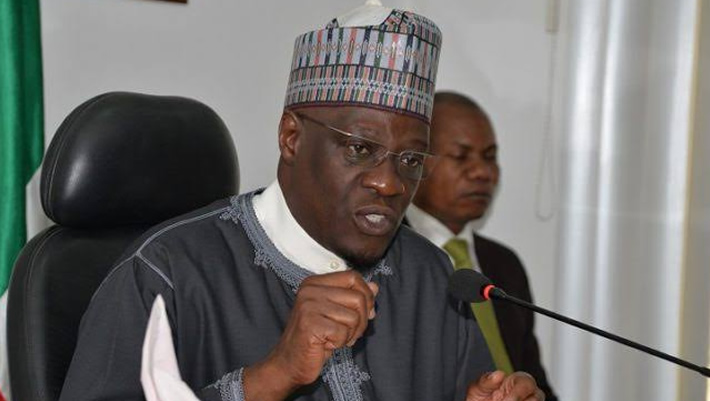Africa is a continent of rich diversity, with each country possessing unique economic characteristics that shape the value of its currency.
While some African countries are experiencing rapid growth and prosperity, others continue to struggle with challenges that make their currencies significantly weaker than their global counterparts. Currency strength usually reflects a country’s economic health. Also, political instability, inflation, trade deficits, and dependence on imports can lead to currency depreciation. These factors include. Countries with weak currencies find it very difficult to compete in the global market.
1. Sierra Leonean Leone (SLL)
The Sierra Leonean Leone is one of the weakest currencies in Africa. It is the authorized banknote of Sierra Leone after being chosen over the British West African pound in 1964. It is issued by the “Central Bank of Sierra Leone”. Leone is heavily affected by the country’s tumultuous history, including civil wars and the Ebola outbreak. These events have caused significant economic disruptions, leading to currency depreciation.Due to high inflation for several years, Leone is unable to thrive as it should. According to Forbes advisor, 1dollar is 20, 969 in SLL as at August 2024.
2. Guinean Franc (GNF)
The Guinean Franc is another weak currency in Africa. The Guinean Franc is the banknote of the Republic of Guinea-Conakry, formerly known as French Guinea. The Republic of Guinea-Conakry was a French colony before it gained independence in 1958. During colonisation, the currency used was CFA franc. After this, the first Guineas franc was printed in 1959. From 1971 to 1985, it was changed to Guinean syli from and it eventually became Guinean franc again in 1985. According to Forbes advisor, 1dollar is 8,617 GNF as at August 2024.
3. Dobra (STD)
Dobra is the official currency used in Sao Tome and Principe. The first notes were produced in 1977. It was published to replace “escudos”. Over the years, inflation has made Dobra very unreliable; it was pegged with Euro in 2010 at the rate of 1 EUR to 24,500. Currently, a dollar to STD is 22,281.
4. Malagasy Ariary (MGA)
Introduced in 1961, Malagasy Ariary is the currency of Madagascar. Since its introduction in 1961 it was used alongside the franc until 2005 when Ariary became the official currency of the country. In early days, coins and banknotes were both used but franc was more prominent. Malagasy Ariary is 4,555 to a dollar.
5. Burundian Franc (BIF)
Burundi’s currency, the Franc is one of the weakest currencies in Africa. Burundian Franc is the only authorised money in Burundi and was issued in 1964 (after the German East African Rupie and the Belgian Congo currency). The Burundian franc is a floating currency. It is mainly by supply and demand, economic and political factors and the market. The current rate of 1 dollar to BIF is 2,877.
6. Ugandan Shilling (UGX)
Ugandan Shilling is the only authorised currency of Uganda. It is handled by the Bank of Uganda (BOU) — which is solely authorised to mint coins, print banknotes including fiscal stability and monetary policy. The first official shilling was produced in 1966 and it eventually replaced the East African shilling that had been in operation. Presently, UGX is not pegged to any money. 1 dollar equals 3,712 in Ugandan shilling
7. Tanzanian shilling (TSZ)
The Tanzanian shilling issued by the Central Bank of Tanzania is the national currency for the United Republic of Tanzania. Although the USD is widely accepted in the country, this shilling had been in use since 1966 after the circulation of numerous currencies such as East African shilling, the East African Rupee, the Zanzibari Rupee and Zanzibari ryal. 1 dollar in TSZ is 2,700.
8. Congolese Franc (CDF)
The Congolese franc is the official notes of the Democratic Republic of Congo. The country accepts the U.S dollars and CDF for almost all financial transactions. The foreign exchange market is quite unregulated and the currency is very weak in value. A dollar is 2,865 in CDF.
9. Naira (NGN)
Naira replaced the British ponds in 1973 and then became the is the official currency of Nigeria. The most common exchange rate in the country is the U.S Dollars. The Central Bank of Nigeria is in charge of distributing banknotes and ensuring financial stability and price control. The country’s currency is currently floating at the Forex market but a dollar to Naira is currently around 1,661.
10. Malawian Kwacha (MWK)
Malawian Kwacha is the authorized banknotes of Malawi and maintained by its central bank called the “Reserve Bank of Malawi.” Kwacha became a legal tender in 1977 after taking over from the Malawian pound. This currency is free floating and is not matched with any notes. However, Malawi depends heavily on financial support from the International Monetary Fund (IMF). 1 dollar to MWK is 1, 735.















